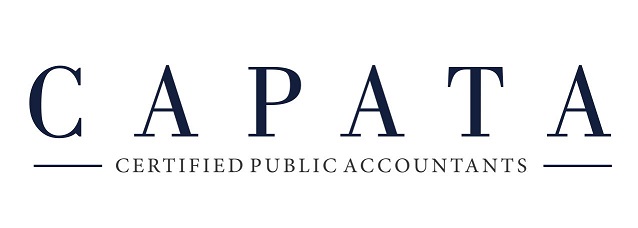Private companies with more than one owner should have a buy-sell agreement to spell out how ownership shares will change hands should an owner depart. For businesses structured as C corporations, the agreements also have significant tax implications that are important to understand.
Buy-sell basics
A buy-sell agreement sets up parameters for the transfer of ownership interests following stated “triggering events,” such as an owner’s death or long-term disability, loss of license or other legal incapacitation, retirement, bankruptcy, or divorce. The agreement typically will also specify how the purchase price for the departing owner’s shares will be determined, such as by stating the valuation method to be used.
Another key issue a buy-sell agreement addresses is funding. In many cases, business owners don’t have the cash readily available to buy out a departing owner. So insurance is commonly used to fund these agreements. And this is where different types of agreements — which can lead to tax issues for C corporations — come into play.
Under a cross-purchase agreement, each owner buys life or disability insurance (or both) that covers the other owners, and the owners use the proceeds to purchase the departing owner’s shares. Under a redemption agreement, the company buys the insurance and, when an owner exits the business, buys his or her shares.
Sometimes a hybrid agreement is used that combines aspects of both approaches. It may stipulate that the company gets the first opportunity to redeem ownership shares and that, if the company is unable to buy the shares, the remaining owners are then responsible for doing so. Alternatively, the owners may have the first opportunity to buy the shares.
C corp. tax consequences
A C corp. with a redemption agreement funded by life insurance can face adverse tax consequences. First, receipt of insurance proceeds could trigger corporate alternative minimum tax.
Second, the value of the remaining owners’ shares will probably rise without increasing their basis. This, in turn, could drive up their tax liability if they later sell their shares.
Heightened liability for the corporate alternative minimum tax is generally unavoidable under these circumstances. But you may be able to manage the second problem by revising your buy-sell as a cross-purchase agreement. Under this approach, owners will buy additional shares themselves — increasing their basis.
Naturally, there are downsides. If owners are required to buy a departing owner’s shares, but the company redeems the shares instead, the IRS may characterize the purchase as a taxable dividend. Your business may be able to mitigate this risk by crafting a hybrid agreement that names the corporation as a party to the transaction and allows the remaining owners to buy back the shares without requiring them to do so.
For more information on the tax ramifications of buy-sell agreements, contact us. And if your business doesn’t have a buy-sell in place yet, we can help you figure out which type of funding method will best meet your needs while minimizing any negative tax consequences.



